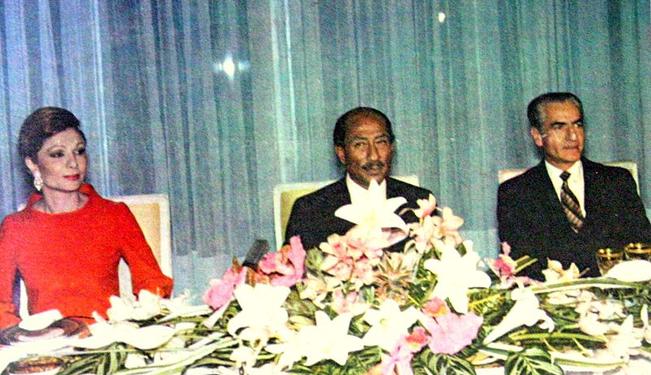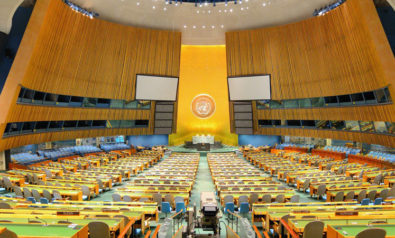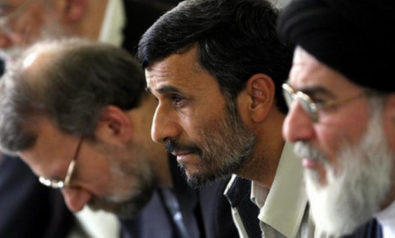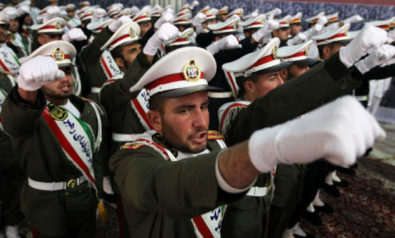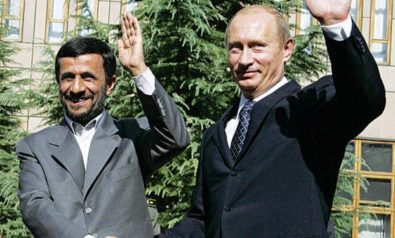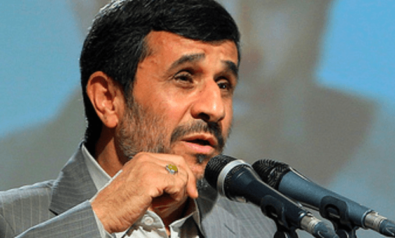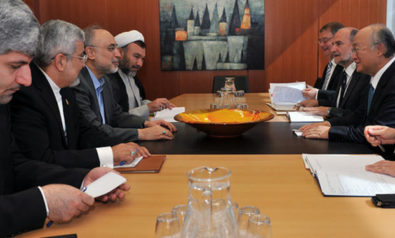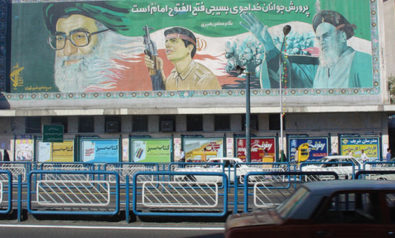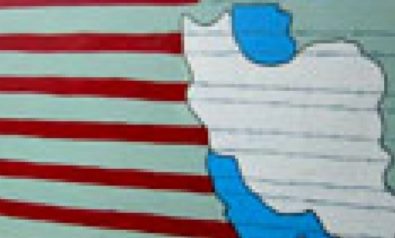
A summary of the Iranian nuclear crisis. As the US begins to draw down its hard Middle East presence and pivots to Asia, Iran’s alleged pursuit of nuclear weapons continues to be perceived as one of the most salient global issues. This complex saga can only be understood within a historical context, coupled with an awareness of the US response to an increasingly independent Iran. In 1953, the US-instigated coup of the democratically elected Iranian nationalist Mohammad Mossadeq sowed resentment that, scholars claim, facilitated the later 1979 Islamic Revolution. Following the coup and throughout the height of the Cold War, the US re-installed and sustained the rule of king and dictator Rezah Shah Pahlavi, effectively quashing the populist democratic experiment headed by Mossadeq. Increasingly oppressive at home, Rezah Shah continued to impose Western policy abroad as a close US ally and proxy. US support for this domestically detested regime, synergized with lingering mistrust from the Mossadeq coup to arguably catalyze the later explosion of revolutionary and anti-Western fervor that was the Islamic Revolution of 1979. The Revolution spurred hostile relations with the West as Iran shifted from being a key proponent, to being a key opponent of the US. A hostile Tehran has since sought to balance US-Israeli hegemony. In response, US posture towards Iran has evolved into today’s robust containment and sanctions doctrine. Against this strained history stands the current Iranian nuclear saga. Vestiges of the Shah’s American-condoned nuclear development transferred to the post-revolution program, as did Iran’s 1968 signature to the Nuclear Non-Proliferation Treaty. The treaty allows Iran to continue International Atomic Energy Agency (IAEA) inspector-verified peaceful uranium enrichment. Until the 1990s, Iranian nuclear development milled along as actors outside the US core contributed to incremental improvements in enrichment capability. Iran, with improvements across its nuclear program, continued development, often under the nose of the IAEA. Later, dovetailing with its novel dual-containment doctrine, the Clinton administration established a new tone of suspicion toward the continuing Iranian nuclear program. Just prior to the US invasion of Iraq in 2003, Iran suspended enrichment and made an apparently unanswered overture to the US regarding its nuclear program. However, Iran’s acquiescence was short-lived and it later restarted enrichment. Additional nuclear developments, such as the construction of an enrichment facility near Qom, prompted diplomacy and the first sanctions in the current chapter of the nuclear saga. Nevertheless, Iran continued to obstruct IAEA efforts and 2009 to late 2011 saw progress, despite increasing international concern. In November 2011, an alarming IAEA report evoked new panic in the international community. While Tehran insisted its nuclear program was peaceful, immense pressure by a US-EU-led coalition imposed the toughest sanctions yet, including those on Iran’s Central Bank and the oil market. Now, the Obama administration, hesitant to become mired in another costly war, anticipates that sanctions will induce Iranian amenability to a diplomatic resolution. Meanwhile, Israel pushes for a more aggressive stance against Iran, despite increasing US reservation and calls for restraint. The Israeli rhetoric likely stems from Israel’s particular geographic vulnerability to an Iranian nuclear strike, coupled with a perceived Iranian desire to ‘wipe [Israel] off the map.’ In addition, Israel shares US/regional fears both of losing strategic flexibility currently enjoyed vis-à-vis a non-nuclear Iran, and a possible regional nuclear arms race, should Iran come to possess a weapon. Only the usual recalcitrants, China and Russia, with others, have shared a more muted response, in line with their perceived national interests. An increasingly isolated Iran, under immense pressure, has been pushing back, particularly in its threats to close the Strait of Hormuz, among other instances of posturing. Meanwhile, enrichment continues despite the increasing sanctions. The latest developments come as the US and Iran gear up for Six-Party Talks in April and Iran begins to make concessions to IAEA inspectors. Although a February 24 report reads increasingly alarmist, and estimates put Iran two to five years from nuclear capability, Iran’s intentions remain disputed. Even Israeli intelligence concurs that Iran has not a made a final determination of the program’s nature. Still, assessments of the program run from it being a peaceful linchpin of national pride to a dangerous weapons program meant to deter aggression, to, at the very worst, an idealistic genocidal instrument that could kill millions of Israelis and heavily endanger US interests in the region. As Iran races towards a capability that could upset US Middle East hegemony, eyes turn to the coming talks in April that could avert a potentially dangerous regional conflict.
For more than 10 years, Fair Observer has been free, fair and independent. No billionaire owns us, no advertisers control us. We are a reader-supported nonprofit. Unlike many other publications, we keep our content free for readers regardless of where they live or whether they can afford to pay. We have no paywalls and no ads.
In the post-truth era of fake news, echo chambers and filter bubbles, we publish a plurality of perspectives from around the world. Anyone can publish with us, but everyone goes through a rigorous editorial process. So, you get fact-checked, well-reasoned content instead of noise.
We publish 2,500+ voices from 90+ countries. We also conduct education and training programs on subjects ranging from digital media and journalism to writing and critical thinking. This doesn’t come cheap. Servers, editors, trainers and web developers cost money.
Please consider supporting us on a regular basis as a recurring donor or a sustaining member.
Support Fair Observer
We rely on your support for our independence, diversity and quality.
Will you support FO’s journalism?
We rely on your support for our independence, diversity and quality.

